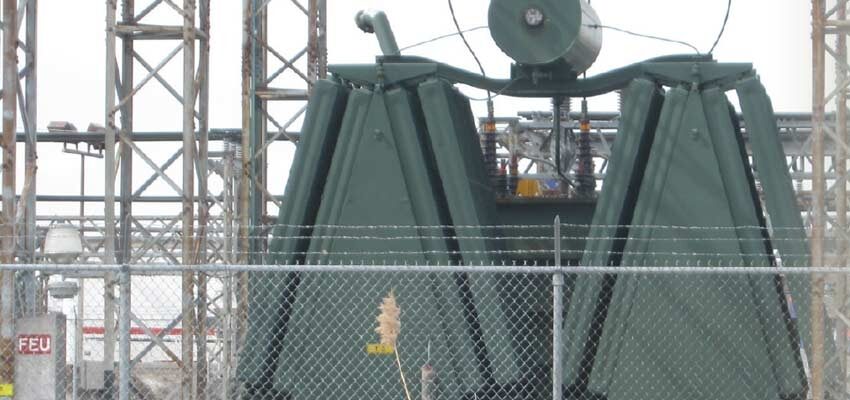
Life hazard curve
Proposition for different life hazard curve for transformer and substation equipment Abstract Today the classical bathtub curve model is the main model for life expectancy...
byMarius GRISARU

Proposition for different life hazard curve for transformer and substation equipment
Abstract
Today the classical bathtub curve model is the main model for life expectancy calculation of all the electrical equipment and, especially, all kind of oil-filled transformers. Most of the stakeholders and maintenance engineers make their decisions on tests, treatments and most importantly, replacement, on the bathtub curve concept. The costs that are associated with the classical bathtub curve are substantial, mainly driven by the unnecessary treatment or unnecessary replacements.
Keywords: bathtub curve, failure probability, life extension
- Introduction
Power transformers allow the distribution of electrical energy almost everywhere on the planet, increasing the opportunity for equality by making energy available to everybody. In most of the life assessments modules, the technical staff has to comply with a very limited budget allocated for the maintenance of a healthy fleet. As the privatisation process is developed and the finances are increasingly constrained, the time spent on tests, treatments, and replacement must be reduced significantly. Twenty years ago most of the electric equipment in power stations and substations, especially transformers, were built with very generous insulation margin. In post-privatisation epoch, everything becomes tidier, from the dielectric margin via equipment prices through tides bids up to maintenance costs. The inclination to reduce the budget from procurement to later conservation imposes a different concept on tests, diagnosis, and treatments.
Based on those drastic improvements, present study suggests the review of the classical bathtub for failure hazards and the foremost probability of the transformer failures which is in the middle life period. In present time, the internal failures are substantially reduced in the infant and the elderly stage. The intense manufacturing quality control and the selection of better insulation and conductor materials during the manufacturing stage combined with the improvements in the preventive maintenance procedures and condition monitoring schemes at the utility, influence the shape of hazard failure curve. The end of planned operational life become the primary reason behind the transformer replacements, as opposed to ageing related defects or internal failures. By adopting new failure hazard models and conducting intensive research in equipment failure mechanisms, it is possible to reduce the overall replacement cost for all substation equipment and especially for transformers.







